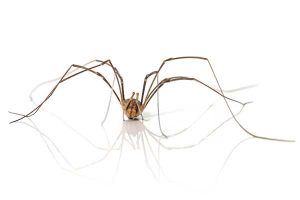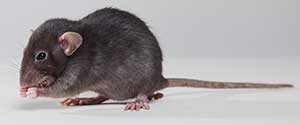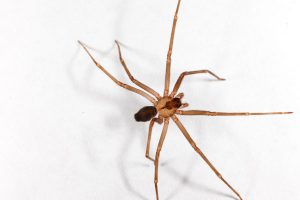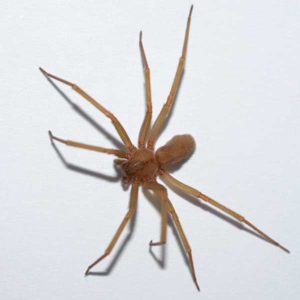As the weather gets colder here in the Las Vegas and Henderson areas, people will want to spend more time indoors, and unfortunately, so will common pests and rodents. Insects such as cockroaches, spiders, and scorpions; and rodents like mice, and roof rats will seek shelter to survive the winter, and there’s nothing more inviting than a warm cozy home.
Keeping Pests Out Of Your Home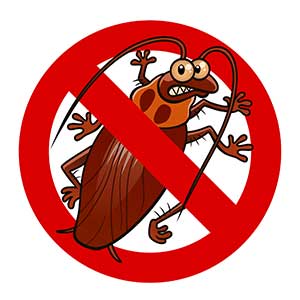
Insects and rodents alike can introduce diseases and bacteria into your home, and can also cause a lot of damage. Understanding how to keep these pests out is the first step to ensuring a comfortable, pest free winter.
Below are 8 pest proofing tips to make sure that bugs and rodents stay out of your home this winter.
- Make sure needed ventilation points are screened off on the exterior of your home. Attic vents, foundation vents, roof soffits and other exterior entry points should be inspected to make sure they’re in good condition.
- Keep your garage and crawl space dry. Insects and rodents are attracted to places they know they can get water. Keeping these areas dry, and free from excessive humidity, will help to detract these unwanted pests.
- Seal up any cracks in siding, stucco, and piping. Using exterior grade silicon is a quick solution to stopping entry.
- Keep food preparation and storage areas clean and tidy. Leaving food and crumbs out is an invitation to pests like cockroaches, ants, and rodents. Keeping dry foods stored in airtight containers is also recommended.
- Inspect your windows and doors. Weather stripping, damaged window frames, and doors that don’t close correctly are all easy entry points to your home. Replace or repair window screens for an added level of protection.
- Keep landscaping materials and plants away from your house. Keeping trees, bushes and plants trimmed so they don’t touch your home is an easy and effective way to keep pests away. Trim tree branches back away from your roof. Don’t make it easy for rodents to access your roof.
- Don’t let pests hitch a ride into your home. Bringing in the holiday decorations from the garage or storage shed? Make sure pests don’t hitch a ride in storage containers, just one spider can spawn hundreds of babies.
- Don’t leave pet food outside, and keep bird feeders away from your house. Rodents love any food, so leaving these items outside is an open invitation to a never ending buffet.
Do It Yourself & Keep The Pests Out of Your Home
The above are a few ways you can protect your home from pests moving in this winter. A little work will help to keep the bugs and rodents out, and your family comfortable. However, if you do encounter a pest or rodent problem this winter, seeking the advice of an experienced pest control company can help you rid of these unwanted visitors.

